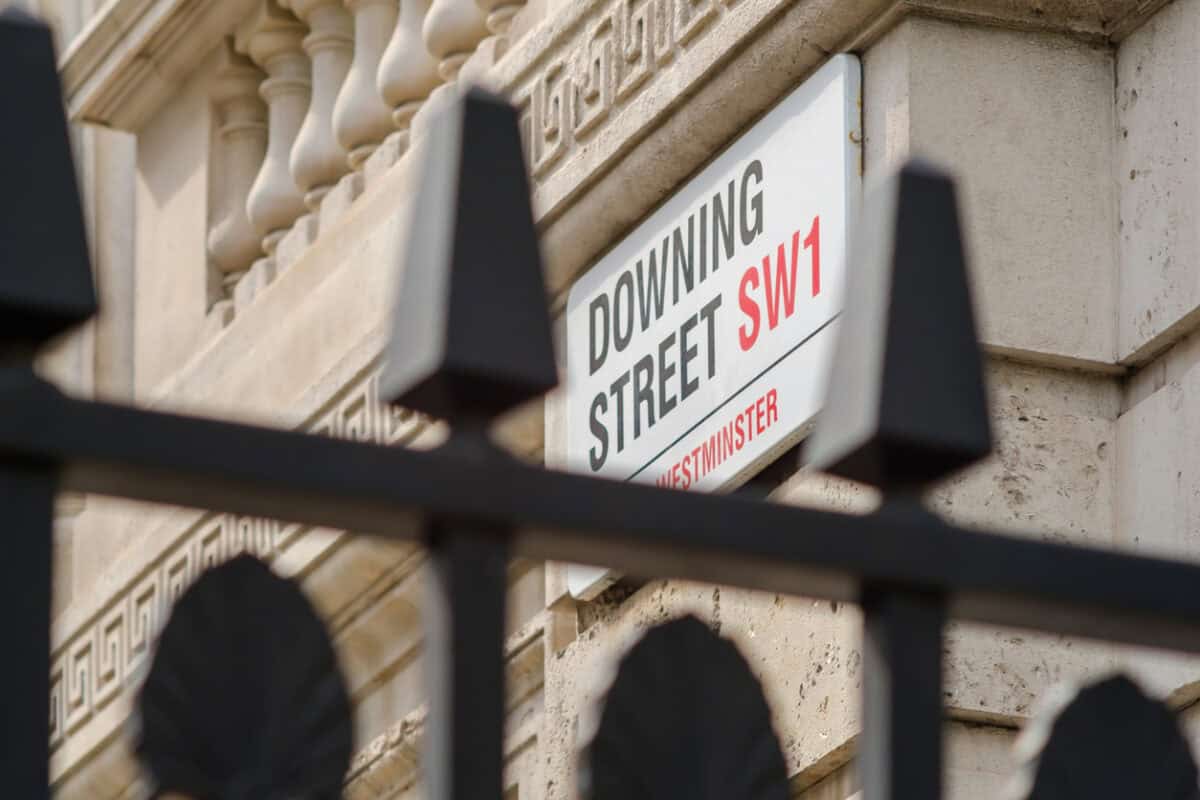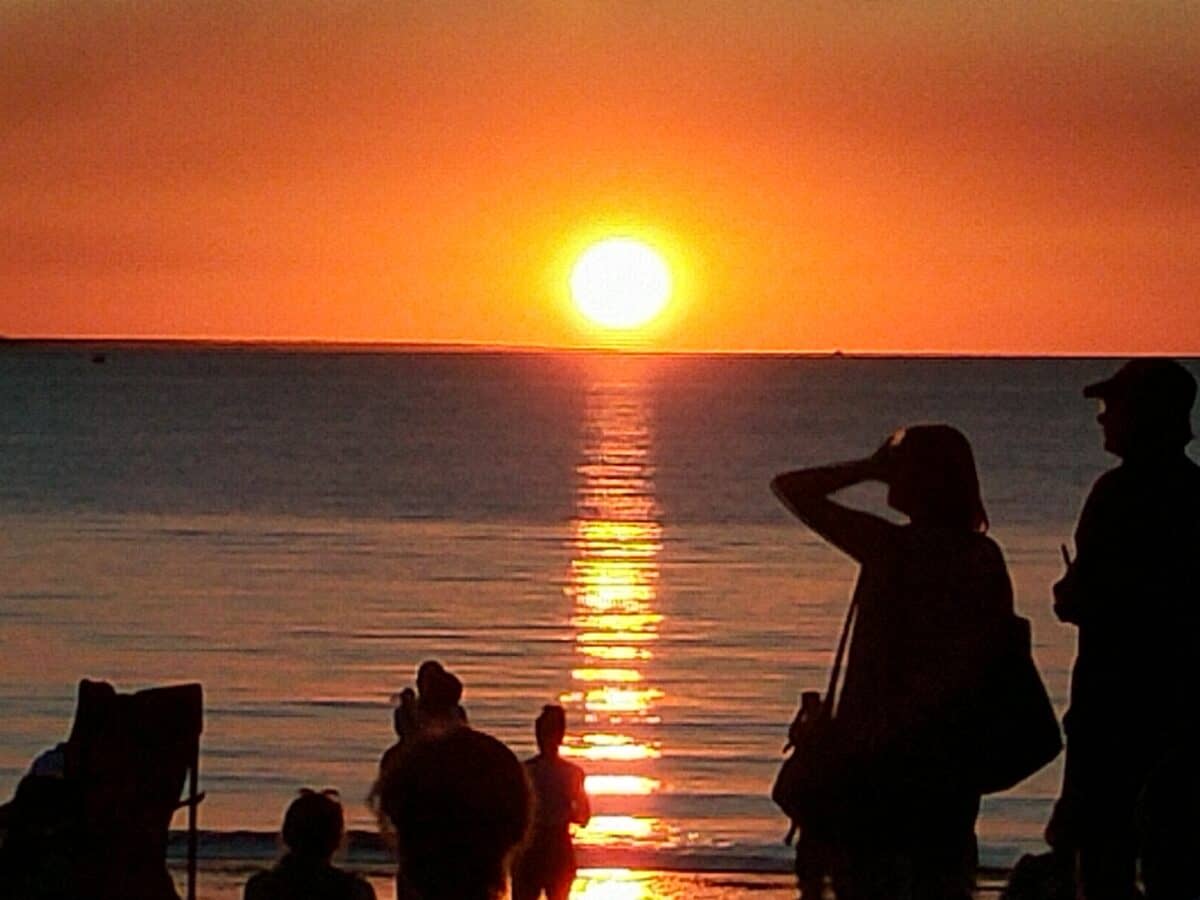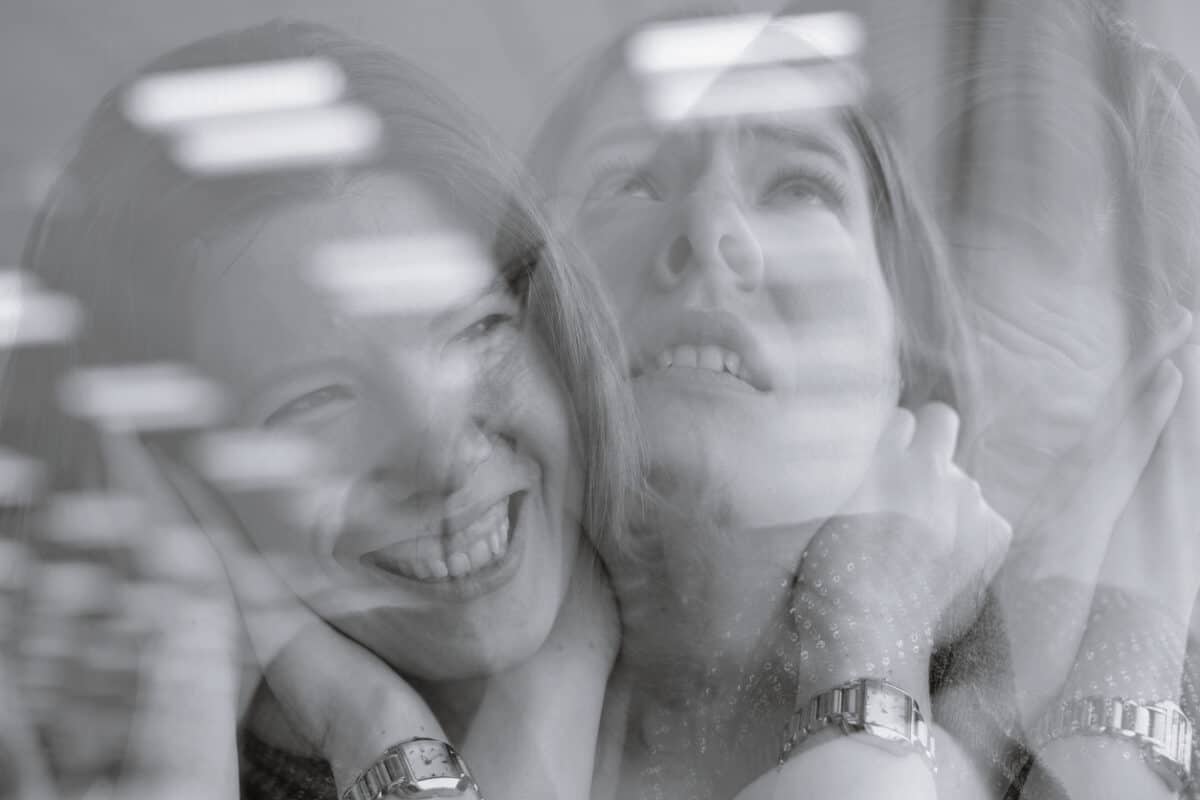On April 19 2024, United Kingdom’s Prime Minister Rishi Sunak made a major speech about welfare reform and mental health. The UK has a strong tradition of public health support through its National Health Service, which always seems to be underfunded and under-resourced but holds huge cultural and medical significance in the community. Mental ill-health has increased enormously over the last decade, as it has in countries like Australia, which is currently undergoing significant industrial relations reforms. However, what is missing from the PM’s speech and some of the subsequent analysis is that work is controlled by employers, so what does PM Sunak expect employers to do to help?
Category: United Kingdom
Quad Bike safety? It’s the UK’s turn
A recent article in The Observer illustrates just how far behind Australia the United Kingdom is on requiring the installation of crush protection devices on quad bikes. It is also surprising that the UK’s Health and Safety Executive (HSE) is not just relying on independent Australian research into quad bike rollovers. The vehicles are the same makes and models, the terrain is similar, and the risk is the same …??
OHS context in many mainstream news stories, if you look
Occupational health and safety (OHS) is rarely reported on in the mainstream newspapers but every week OHS is there, adding a contect to a scandal or subtext to a public health risk. Last weekend was no different. The Guardian of September 16, 2023 reported on a review of personal relationships by BP, a prison escape, deaths from air pollution, a more relaxed approach to work, shoplifting and customer aggression, and more.
“There is too little time and the ask is too big to try to change the system”.
There are many similarities between the management of occupational health and safety (OHS) and environment protection. Both seek to prevent and/or mitigate harm, and both have similarly focussed legislation. However, this similarity extends to vulnerabilities in each approach. Neither discipline is solely responsible for the lack of progress in prevention and protection, but both have not realised their potential for change.
Reluctance to address mental health notifications
Another example of the unwillingness of occupational health and safety (OHS) regulators feeling able to affect change in workplace mental health by looking outside the workplace is the United Kingdom’s Health & Safety Executive (HSE). Sadly this position contributes to unnecessarily stigmatising a legitimate workplace hazard.
On a recent episode of the Safety and Health Podcast on workplace suicides, Professor Sarah Waters said:
“Unlike other countries, unlike France, unlike the US, unlike most European systems, suicide, even where there are clear links to work is pretty much treated in the UK context as an individual mental health problem, there tends to be a denial on the part of the HSE on the part of other public agencies, that there is a link between suicide and work.”
“no choice” = BS
Occupational health and safety (OHS) laws are increasingly applying to non-occupational situations. This “responsibility creep” may be part of the reason that public members are complaining about unfair restrictions on what they can do, on their choices, on the way they have done things for years. Many claim that they have no choice to do what they do, that the choice has been taken away from them, but there is always a choice, even if the consequences are uncomfortable.
The misrepresentation of OHS rules and obligations in the United Kingdom media led to a myth-busting program run by that country’s Health and Safety Executive. In many ways, the UK media was being mischievous by exploiting and exacerbating misunderstandings of OHS duties, but it had a significant cultural impact that lives on today. Traditionally OHS duties were easier to understand when they were contained in a workplace (or were seen to only apply to workplaces); when they jumped the fence, the social rules changed.
OHS subtext in Industrial Manslaughter discussions
Senator Deborah O’Neill continued her attack on Australia’s Liberal/National party government in Senate Estimates hearing last week.
With the Work Health and Safety (WHS) ministers split on the introduction of an Industrial Manslaughter (IM) offence in the Model WHS laws, Senator Michaelia Cash, Attorney-General, Minister for Industrial Relations and chair of that WHS meeting, could have voted in favour of these IM changes but declined. O’Neill saw this as a political weakness and challenged Senator Cash to justify her decision. The justifications, with a hint of arse-covering, were morally weak but legally sufficient. At one point, Senator Cash said:
“… a fundamental principle of work health and safety regulation in Australia, as you would be aware, is that liability should focus on risk, not outcome, because the evidence shows that when you focus on risk, as opposed to outcome—and the outcome that you are referring to here is a terrible outcome: a death in a workplace—it’s been proven to actually improve health and safety in workplaces.”
Hansard, June 2, 2021, page 8







